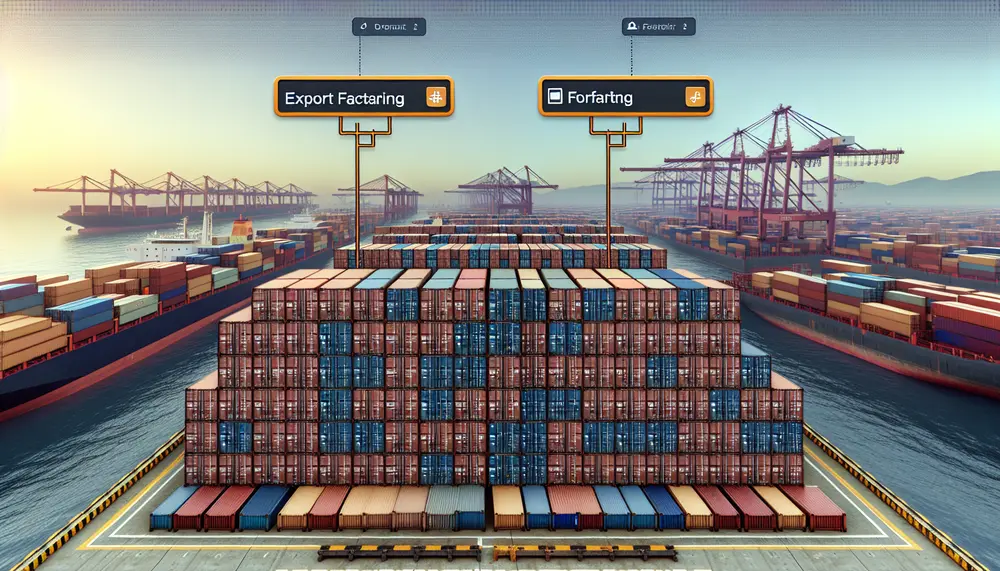Discount rate
Discount rate
Understanding the Discount Rate in Financial Factoring
The discount rate is a pivotal term in the realm of financial factoring. It is essentially the fee that businesses pay to a factoring company in exchange for immediate cash. The factoring company provides this cash by purchasing the business's unpaid invoices at a reduced price. This price reduction is known as the discount rate.
How Does the Discount Rate Work?
When a business sells its invoices to a factor, the factor assesses each invoice to determine its risk. They look at the probability of the invoice being paid on time. Considering this risk, the factor sets a discount rate. This rate is often expressed as a percentage of the total invoice value. For example, if the discount rate is 3%, and the invoice amount is $10,000, the business will get an advance of $9,700, with the factoring company keeping $300 as their fee.
What Factors Influence the Discount Rate?
Several elements can affect the discount rate set by the factoring company. These include the creditworthiness of the clients who owe on the invoices, the total volume and value of invoices being factored, and the industry within which the business operates. More risk or a higher volume of invoices can lead to a lower discount rate, as the factoring company can spread the risk across more transactions.
Benefits of Understanding the Discount Rate
For businesses, understanding the discount rate is crucial in making an informed decision about whether financial factoring is a viable option for managing cash flow. A lower discount rate means more money in the pocket of the business owner when the invoices are factored. Therefore, knowing how to negotiate a competitive rate can greatly impact a company's finances.
Conclusion
The discount rate in financial factoring is a key concept that determines the cost of obtaining immediate working capital. By thoroughly understanding how it is calculated, what influences it, and how it affects their bottom line, business owners can utilize financial factoring effectively to enhance their cash flow and support the growth of their enterprise.
Blog Posts with the term: Discount rate

Factoring is a financial strategy where businesses sell their invoices to a third party, the factor, for immediate cash flow without incurring debt. It provides not only accelerated funds but also credit management services and can be more flexible than...

Factoring is a financial strategy where businesses sell their invoices to a third party for immediate cash, improving liquidity without incurring new debt. It requires understanding terms like advance rates and fees, choosing the right factoring company with industry expertise,...

Factoring involves selling accounts receivable to a third party at a discount, providing immediate cash flow but incurring costs like service fees and interest rates. Understanding these costs, influenced by factors such as invoice volume and customer creditworthiness, is crucial...

Factoring is a financial transaction where businesses sell their invoices to a factor for immediate cash, without incurring debt. It involves key players—the business selling the invoice, the factoring company (factor), and the debtor—and comes in two forms: recourse and...

Reverse factoring is a buyer-initiated financing solution that leverages the buyer’s credit to offer suppliers faster, lower-cost payments and strengthen supply chain resilience....

The article compares reverse factoring and supply chain financing, highlighting their differences in initiation, process, flexibility, cost structure, and risk management. It explains that while both methods aim to improve cash flow and strengthen financial relationships within the supply chain,...

Factoring involves selling accounts receivable to a third party for immediate cash flow, while Confirming (reverse factoring) is when a financial intermediary pays supplier invoices on behalf of the business, extending payment terms. Both services aid in managing different aspects...

Factoring and discounting are financial services that help businesses improve cash flow by providing funds based on outstanding invoices, but they differ in mechanics, risks, and benefits. Factoring involves selling invoices to a third party who takes over collection, while...

Export factoring is a financial service where businesses sell their invoices to a factor for immediate capital, enhancing cash flow and transferring credit risk in international trade. Forfaiting involves selling longer-term receivables to a forfaiter who assumes all risks, turning...

Debt factoring allows businesses to improve cash flow by selling invoices at a discount to a third party, providing immediate funds but incurring costs that may affect profit margins. This financial tool is particularly beneficial for SMEs facing traditional financing...

The invoice financing market is rapidly growing, driven by increasing demand for flexible cash flow solutions, technological advancements like AI and blockchain, and global trade expansion. With a projected CAGR of 10.11% from 2024 to 2030, it addresses modern business...

Reverse factoring, or supply chain financing, is a financial tool that enhances cash flow by allowing businesses to pay suppliers quickly through third-party financial institutions based on the creditworthiness of the paying company. This method not only improves supplier relationships...

Factoring finance companies in Singapore provide immediate working capital to SMEs by advancing funds on their outstanding invoices, transferring collection responsibilities and reducing administrative burdens. These entities support business growth by improving cash flow management, offering credit protection services, and...

Factoring loans, where businesses sell their invoices to a third party at a discount for immediate cash flow, offer benefits like increased liquidity and reduced credit risk. The process involves selling receivables to factors who advance funds based on the...
